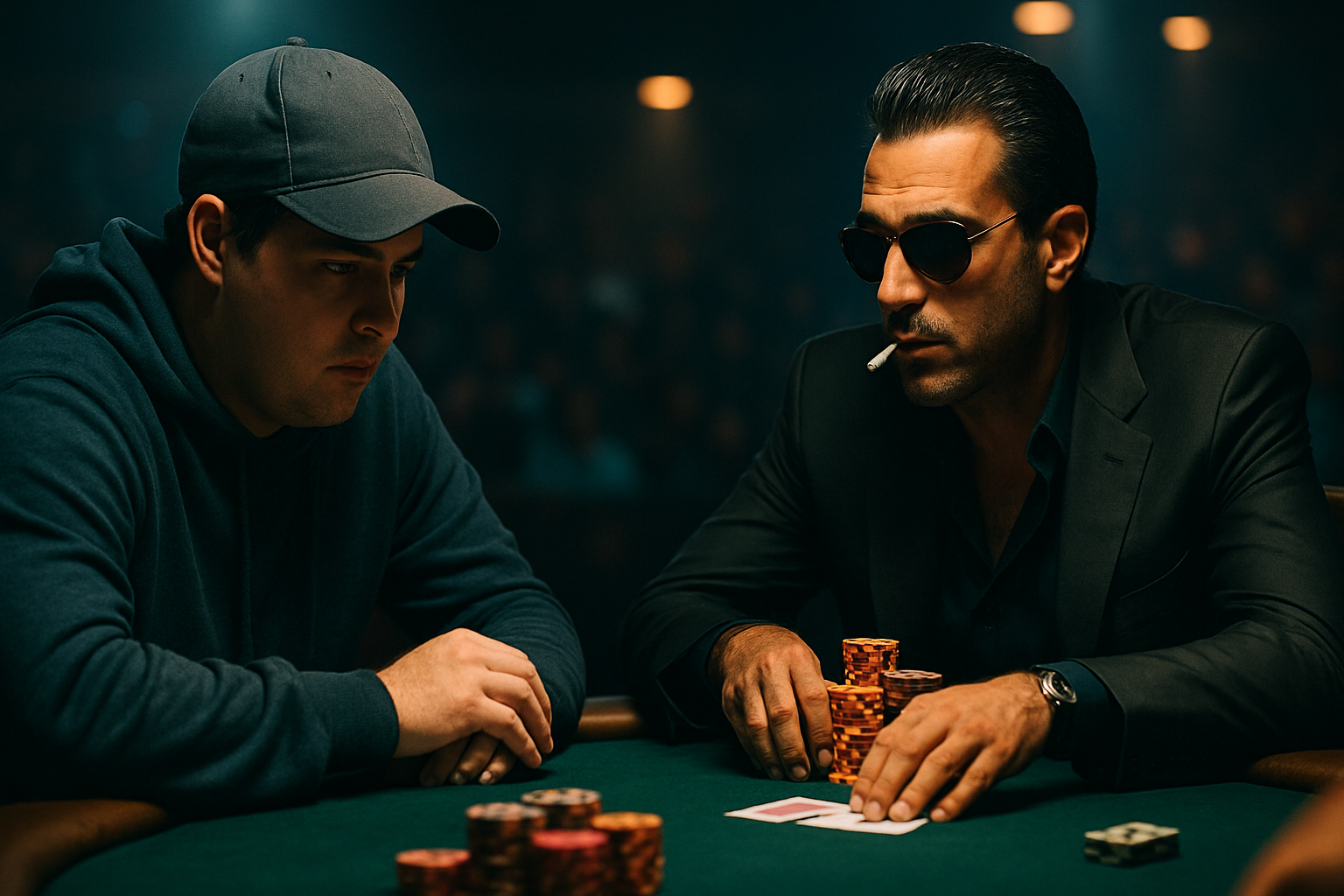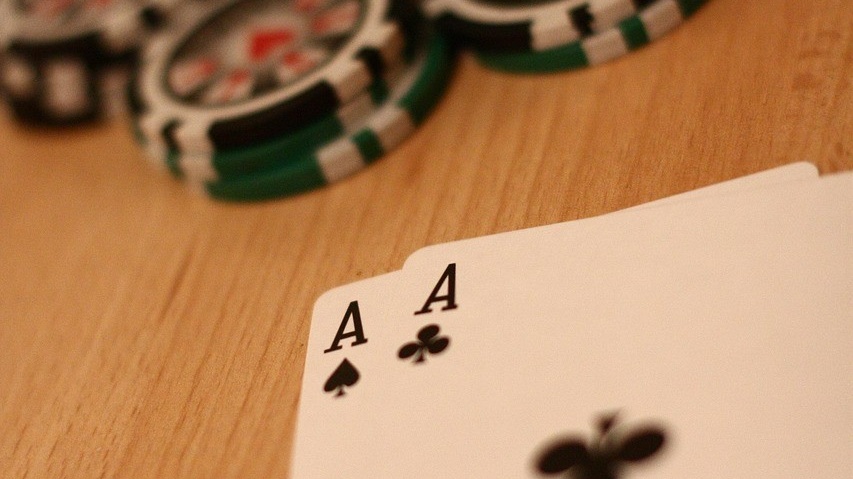(Source: https://pixabay.com/photos/poker-poker-chip-to-play-gambling-3794420/)
Poker has expanded from people competing in the saloon bars of the Old West to playing poker online in the brave new world of the internet, but time and time again, there have been classic games that stay in the memory and become a part of the game’s lore. Here are some of the most iconic games and why they matter, even now.
The Big One for One Drop
In 2012, the world of high-stakes poker was picking up, and players and fans from across the world were looking forward to a competition that put megabucks front and center. The Big One for One Drop was the hottest thing in town, featuring a million-dollar buy-in and a massive prize pot of more than $42 million. As befits such a major prize, some all-time legends of the game, including Daniel Negreanu, Phil Ivey, and Tony Dwan, all signed up. It was, however, a relative outsider, Iranian-American Antonio "The Magician" Esfandiari, who took the $18 million top prize, beating Sam Trickett with pocket tens against a King-Queen suited. This win showed the drama of poker and the thrill of high-stakes, high-level, high-pressure play and put Esfandiari firmly in the spotlight as part of a new generation of poker stars.
Chris Moneymaker beats the pros
Talking of outsiders, it takes a special player to come into the most prestigious of all poker tournaments as an amateur and defeat the people for whom the game is their job. But that’s exactly what Tennessee accountant Chris Moneymaker did in 2003. The 28-year-old won his place in the contest by winning an $86 buy-in tournament on PokerStars and was largely overlooked in favor of his professional opponents. But Moneymaker soon showed that he truly belonged at the top table, cashing in on his rivals' underestimation of him, showing aggression and restraint where needed and, in the final, beating Sam Farha with a now-legendary series of bluffs that forced his opponent to fold some strong hands. Beating more than 800 rivals is tough, but Moneymaker did it, and his win lives on by showing that amateurs can beat professionals and by triggering the 2000s poker boom.

Doyle Brunson repeats himself
In the World Series of Poker, it’s one thing to win it once, and another thing to win it twice. But winning it two times in a row is, you have to admit, pretty tough. When Doyle Brunson won the WSOP $10,000 No Limit Hold'em Main Event in 1976, he put himself at the top of the poker tree. But what he did the following year was not only a first, but also something that helped put competitive poker into the American consciousness. Brunson was the consummate mid-twentieth-century professional player, coming through at a time when much of the game was in the hands of organized crime before the WSOP helped legitimize poker. More than that, the Texan’s approach to the game, combining bold plays with psychological mastery, has been studied and copied by players ever since.
Tony Dwan’s master psychology
The two skills that make the best and toughest poker games exciting to watch and rewarding to study are, very often, the players’ bluffing and risk taking. One of the best examples of this took place a number of times in the mid-2000s, when Full Tilt Poker was one of the surprise TV hits of the era, and featured Tony Dwan taking on Patrik Antonius. Although Antonius was a master of methodical play, he more often than not came out badly against Dwan. Dwan turned unpredictability into an art form, playing games that might have looked questionable had anyone else done them and bluffed his way to success more than once. This clash is important because it showed players how to fuse aggression with calculated risk taking.




